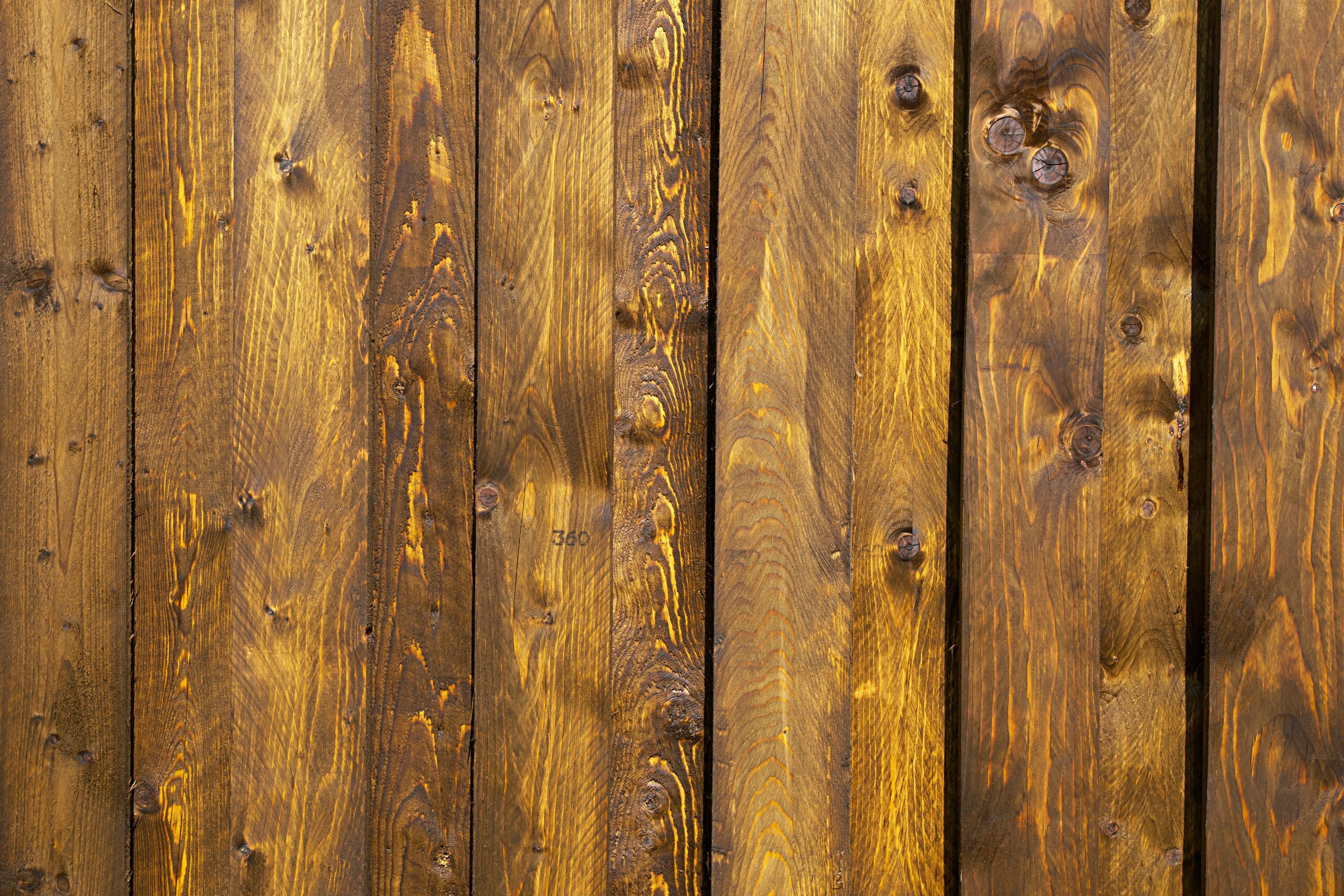Architects and building designers have been using timber cladding for a long time to make buildings and homes look better. Timber cladding is when they put wood on the outside of a building. People like it because it looks nice and natural.
Two famous buildings that have timber cladding are the Knarvik Church in Norway and the Brock Commons Tallwood House at the University of British Columbia in Canada. Most buildings nowadays use a mix of different materials like aluminum, vinyl, and brick. But timber cladding is still popular because it looks good with any style of building.
Table of Contents
- Timber Cladding
- Final words
- FAQs
- What is timber cladding and why is it popular in architecture?
- What are some advantages of using different wood species for timber cladding?
- How can timber cladding enhance interior design?
- What are some tips for blending timber cladding with other materials in design?
- Is timber cladding an environmentally friendly option?
Timber Cladding
Timber cladding is when you cover a building or structure with wood to keep it safe from the weather. But mostly, people do it to make the building look nicer and give it a classic, natural look that will last a long time.
Here Are Three Helpful Tips if You’re Thinking About Using Timber Cladding in Your Project
Get Creative
Usually, people use wood panels to make the outside of a building look nicer. But guess what? You can also use them inside your house to make it look cool!
Depending on what kind of wood you use, you can make a boring room look amazing with some clever decorating. Instead of just painting the walls or putting up wallpaper that might show bumps in the wall, you can use wood panels to change how the room looks and feels!

Mind the species of the wood
Different kinds of wood are used for timber cladding, and each type has its special qualities. Some woods, like Western Red Cedar, European Oak, and Iroko, are really good for cladding because they naturally resist things like water damage, rot, and bugs. That means you don’t have to treat them with chemicals to keep them safe! But if you want something cheaper and don’t mind doing some extra work to take care of it, you can use softwood cladding made from spruce or fir, for example.
When choosing what to cover the outside of a building with, hardwood is a good choice. It might cost more at first, but it’s worth it because softwood is harder to take care of and needs more maintenance when it’s used outside.
For inside the building, using softwood might be cheaper. But it’s important to keep the room dry and not too humid. Softwood can get damaged by water, so it’s best to keep it away from moisture to stop it from bending or breaking!
Make it blend
Timber cladding looks best when it’s used with other materials that are different. For example, if you have cold concrete, using wood with earthy colors can make it look softer. This is good for modern and simple designs. Lots of modern Zen-inspired interiors use both concrete and wood together!
To make the earthy colors in your room stand out more, you can put some plants in places where there aren’t any wood panels. Then, you can put decorations that aren’t from nature near the wood. This makes a cool mix of different things.
Final words
Many people think that using wood cladding is expensive and bad for the environment. But actually, it can be affordable and good for the planet. Most wood panels, like oak, come from forests that are managed carefully so that they don’t get destroyed.
Wood is also easy to work with, and you can even buy it already cut to the size you need online. If you want to make your home look nicer and increase its value, consider using wood panels.
Are you in the UK and need wood panels cut to the right size? Southgate Timber can help! They sell wood panels online, and we’ll deliver them right to your door. Visit Their website to find out more!
FAQs
What is timber cladding and why is it popular in architecture?
Timber cladding involves using wood panels on the exterior or interior of a building to enhance its aesthetics. It’s popular because it offers a natural, visually appealing look that complements various architectural styles.
What are some advantages of using different wood species for timber cladding?
Different wood species offer unique qualities for panels. For instance, Western Red Cedar, European Oak, and Iroko naturally resist water damage, rot, and pests, making them low-maintenance options. Softwood like spruce or fir can be cheaper but may require more maintenance and protection from moisture.
How can timber cladding enhance interior design?
Timber cladding isn’t limited to exterior use; it can also transform interior spaces. By using wood panels creatively indoors, you can add warmth, texture, and character to rooms, replacing traditional wall treatments like paint or wallpaper.
What are some tips for blending timber cladding with other materials in design?
Timber cladding can be effectively paired with other materials to create visually striking designs. For instance, combining wood with cold materials like concrete can soften the look, while adding earthy colors enhances the overall aesthetic. Incorporating plants and non-natural decorations can further enhance the mix of materials.
Is timber cladding an environmentally friendly option?
Contrary to common misconceptions, timber cladding can be both affordable and environmentally friendly. Many wood panels, such as oak, are sourced from sustainably managed forests. Additionally, wood is a renewable resource that is easy to work with and can contribute to the overall value of a property.



